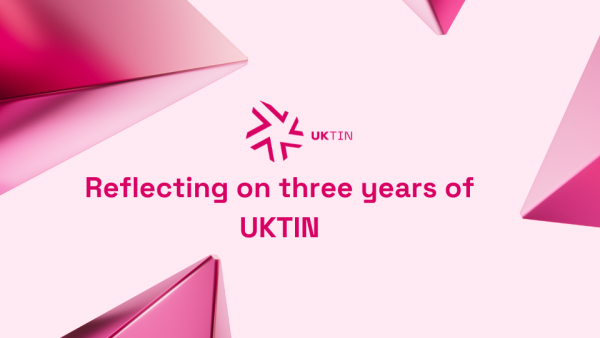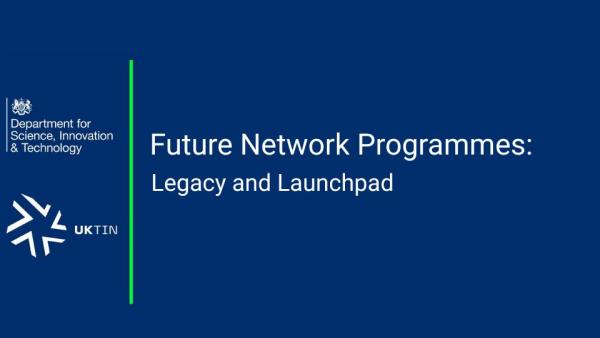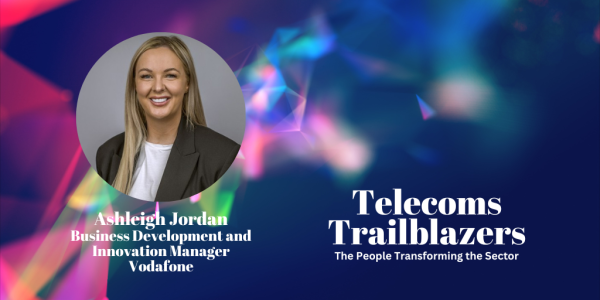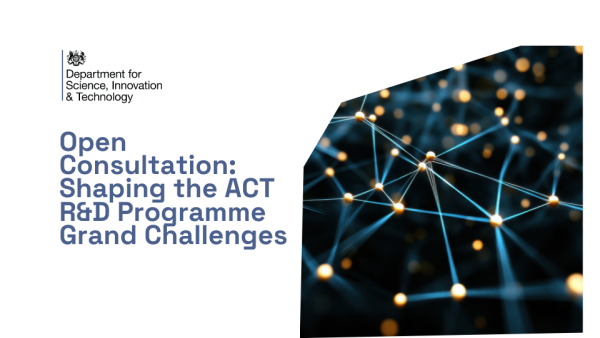
The previous UK Government’s £250 million 5G Supply Chain Diversification Strategy aimed to incentivise the industry to create new products and services to unlock the full potential of Open RAN.
FRANC was the first intervention DSIT announced from the Open Networks Programme in 2021. A total of 14 projects were funded to support the goals of the Government’s 5G Supply Chain Diversification Strategy.
These projects have enabled a wide range of organisations to focus on developing technical solutions such as:
- Radio transmitters
- Signal processing equipment
- Power management systems
- Software to support open interface architectures
The projects spread across the UK, including Glasgow, Cardiff, Cambridge, Newcastle, Newport, Slough and Ebbw Vale - building on the existing industrial strength of these regions, while further developing an engineering base with a new set of skills.
To mark the conclusion of the FRANC projects this year UKTIN spoke to DSIT’s Dejan Bojic, Head of Technical, Future Network Programmes.
Please tell us about the FRANC Projects’ harvesting insights work.
The Future Network Programmes team continuously collects insights from the programmes we run and manage, including FRANC. Once we have collected the insights, we work with experienced industry advisors to discuss the findings. Experts help us to contextualise and better understand the overall impact of the DSIT programmes and why this work matters.
While there are a few projects that are ongoing, FRANC has for the most part reached completion. The insights we have gathered are therefore a reflection on the progress that has been made in Open RAN technologies to date.
The insights complement other long-term evaluation methodologies we have in place at DSIT; they provide an immediate overview, giving additional qualitative context.
What conclusions have you been able to draw?
Open RAN technology has progressed significantly in a short space of time. Experimental concepts have been validated and in some cases, use cases have been demonstrated in real-world environments.
The ecosystem and community of developers have also grown, and the overall understanding of Open RAN has matured. This is not to say that technological development has been completed, but the focus has shifted towards practicalities of future developments.
However, the perspective keeps changing and evolving, which is fascinating. FRANC has initiated some brilliant work with Open RAN, and many concepts have continued at a greater scale. Some developments have also matured through other DSIT programmes, notably the Open Networks Ecosystem - ONE - Competition. The projects evolve with the market as well.
Were there any common learnings?
Yes, definitely. The FRANC projects have resulted in a greater understanding of key technology trends: interoperability, security and in some cases, AI. The supply chain relationships have also begun to develop, partly through FRANC as well as other initiatives such as SONIC Labs. The general feedback from project participants and industry stakeholders has been positive, indicating that FRANC has helped to move the market forward within a relatively brief period. We have had international recognition as well.
Please talk us through the technical innovations that arose from the FRANC projects.
This is the most difficult question! It’s almost like asking to choose a favourite child. We have 14 projects and dozens of organisations involved including universities, start-ups and MNOs. It would be unfair to single anybody out.
Instead, I’d like to highlight a few themes. There was a broad range of initiatives, with different ideas and focus.
For example, the projects focused on RAN Intelligent Controller (RIC) development have between them created a blueprint architecture for RIC development, established a simulation platform for RIC applications, and have developed new application algorithms, several of which looking at network resource optimisation such as for example management of power consumption.
Other projects have made great strides in development of new Radio, Distribution and Central Units hardware and software. More often than not this has involved innovation in fronthaul and backhaul transmission, such as use of millimetre wave radio, and protocol optimisation to enable advanced 5G features such as low-latency in Open RAN architecture.
At other times this was closely associated with evaluation of different options of processing hardware and design of new hardware sub-components such as new RF amplifiers that were integrated into new ‘5G in a box’ type of configurable products.
And then there were projects that focused on Open RAN system testing and integration, and broader challenges of how to deploy Open RAN solutions in private and Neutral Host networks, involving issues around spectrum sharing, public network interfaces, mobility management, etc.
What is the one thing you'd like people to know about this cohort of projects?
I am at risk of providing an obvious answer here. But I want people to get in touch with the projects and organisations who took part. I want people to get to know them better. This includes start-ups, universities and strong system integrators. The organisations involved have shown great commitment to FRANC and produced genuinely excellent work. Hopefully, this is just the beginning and there will be many more opportunities to collaborate and share knowledge.
We’ll be taking a deep dive into each of the FRANC projects and their findings, over the summer. To read our first one on the Secure 5G project click here.









